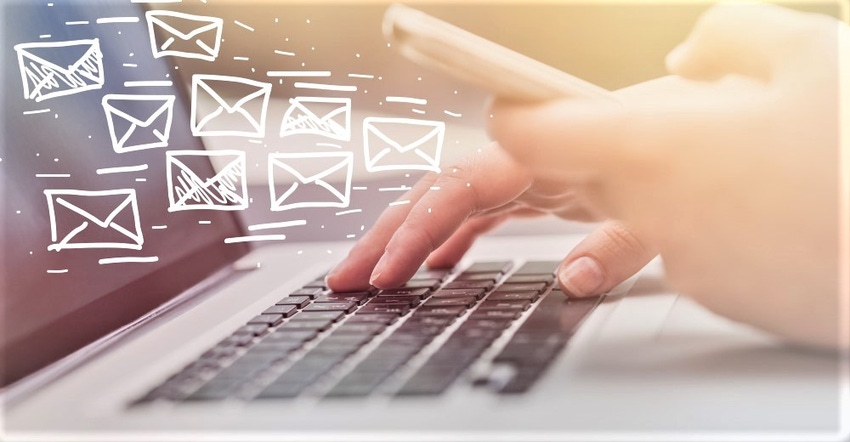E-mail is an important communication tool for self-storage operators, but can be ineffective if done improperly. The following provides guidance on simple things you can to do in your daily messaging to ensure you messages are professional, clear and all-around top-notch!

People spend about 28 percent of their work week sending and responding to e-mails, according to International Data Corp., a provider of market intelligence and advisory services. In a 40-hour work week, that equates to more than 11 hours! Overall, e-mailing is a great tool for communication, especially when an answer isn’t expected immediately. However, sometimes e-mails can come across a little less than adequate. Have no fear! There are simple things you can implement in your daily messaging at your self-storage business to make your e-mails professional, clear and all-around top-notch!
The first step to sending an e-mail is choosing a subject line that’s appropriate for the content of the message. For example, if you’re e-mailing a tenant that his account is past due, you may want to title the e-mail as “John Doe: Past Due Account at ABC Storage.” This tells the recipient exactly what content in is in the e-mail and that it’s meant for him. Conversely, you should avoid a vague subject line such as “Payment” because it’ll likely be ignored. A good rule of thumb is if you wouldn’t open the e-mail with the subject line you’ve chosen, neither will you recipient.
Once you have a title it’s time to move on to preparing the actual content of the e-mail. A salutation should be business-like and use the recipient's name if possible. Opening with “Hello Robert,” is a polished and personalized greeting. Avoiding salutations such as “Hey” or “Hiya” will consistently make your communications concise and appropriate.
Speaking of being concise, have you ever opened an e-mail to find multiple paragraphs? You likely avoided reading it until the last minute because you knew it would take some time. It’s important to avoid sending that e-mail. The content in your message should be brief and to the point. By all means, give the information you need to for the recipient to understand the message, but remember to keep it as short as possible. Lengthy e-mails are skimmed and may result in a miscommunication of information.
In keeping your message short you’ll likely need to be somewhat direct. With that, it’s of the utmost importance to be aware of your tone. Because e-mails lack auditory tone of voice, facial expressions and body language, something meant to be humorous, to the point or ironic can come across as angry, crass or rude. Reading your e-mail aloud before sending it or asking a third party to view it can help avoid communication issues. Ask yourself: “Would I be offended if I read this out of context” or “Will the reader understand what I mean?” When in doubt, avoid humor and being ironic because it eliminates the possibility of offense.
Another area that deserves special attention is the sensitivity of the information in the message. Remember that e-mails aren’t private because anyone can forward it inadvertently or share the information in another manner. If it’s necessary to share things such as credit card information, Social Security numbers or other sensitive information, do it over the phone or in person. This eliminates some of the risks associated with sending that information via e-mail.
Finally, it’s important to make sure you’ve proofread your e-mail for formatting, spelling, grammar, tone of voice and a solid closing. When giving your e-mail a last look, make sure you have a clean font that’s easy to read and all the words are spelled correctly. Check for any grammar mistakes as well. Lastly, close the e-mail with something courteous and professional. For example, “Sincerely, ABC Storage” would be a great ending to a fantastic e-mail.
Using these tools will ensure that each of your communications with partners, tenants and co-workers will be polished and professional!
Alyssa Browning is the assistant marketing director of Easy Storage Solutions, which launched in 2008 to provide various products and services to small- and medium-sized self-storage operators. The company’s offers include management software, search engine optimization, call answering, accounting and access control. For more information, visit www.storageunitsoftware.com.
About the Author(s)
You May Also Like





